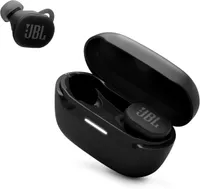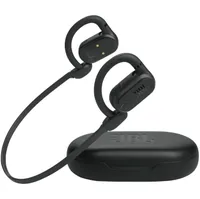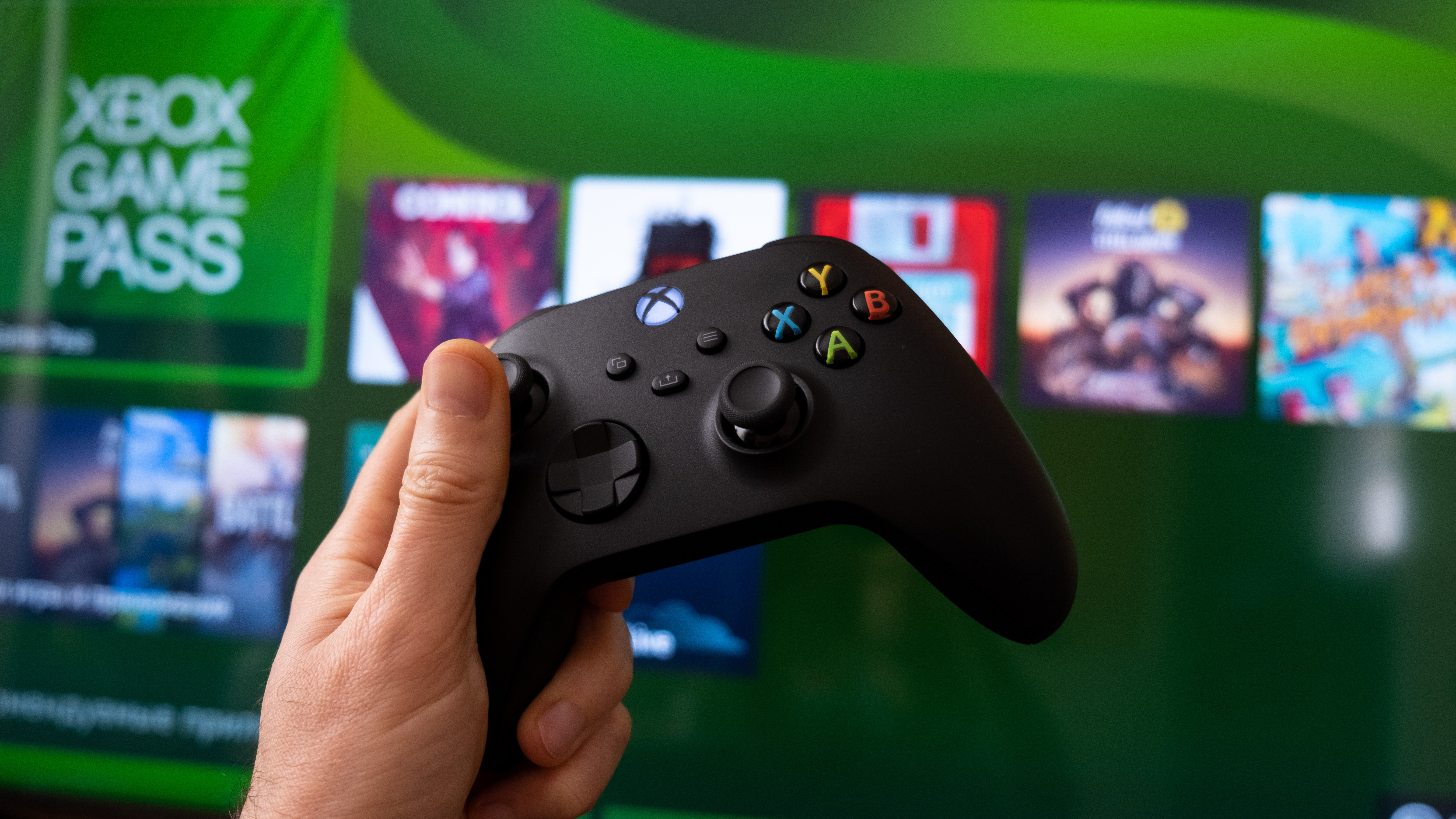We've tested the best sports headphones to help boost your motivation
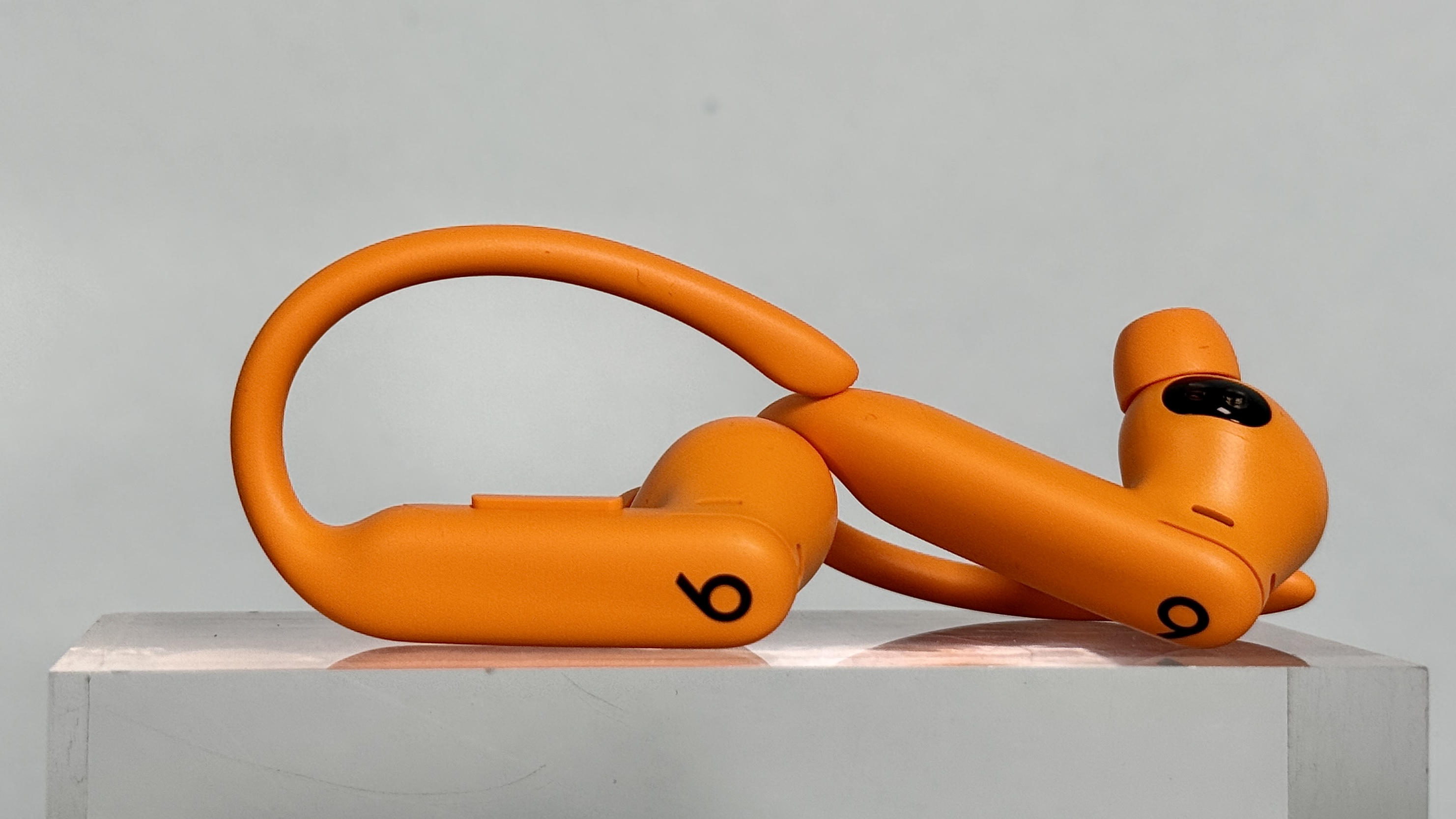
The best sports headphones are ideal if you do a lot of outdoor activities, like running, cycling, or hiking. They're designed to be durable, long-lasting, and still let you hear what's going on around you with a transparency mode.
Like many of the best workout headphones, these sports headphones help you keep motivated with your favorite music, audiobooks, or podcasts, and are comfortable to wear, even for extended periods.
But you can't really know what they're like until you get them in your ear, so we the best sports headphones to the test so you can find the right set for your training. We also checked the sound quality, battery life, and fit of each pair.
After testing each set, we felt that the Beats Powerbeats Pro 2 were the best sports headphones for most people, but we've also included Shokz headphones that are perfect for running, and several other alternatives to get you moving.
The best sport headphones you can buy right now
Why you can trust Tom's Guide
Best sports headphones overall
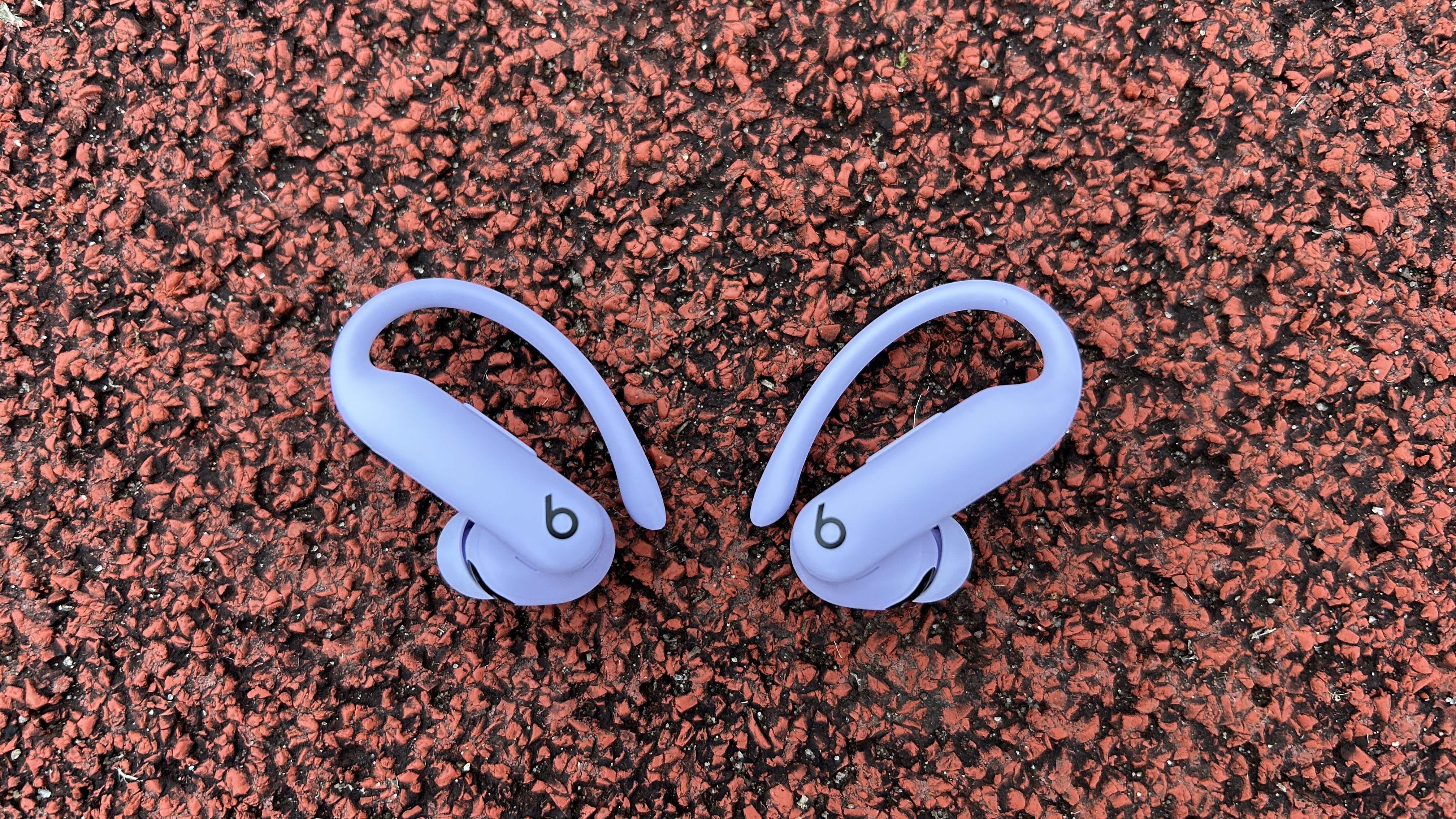
Specifications
Reasons to buy
Reasons to avoid
The Beats Powerbeats Pro 2 are the perfect option no matter what your sport of choice is, with the earhook design ensuring a secure fit for vigorous runs and workouts, and the great sound quality, battery life and design all setting them apart from the crowd.
We used the Powerbeats Pro 2 for over 150 miles of running along with sweaty indoor bike rides and strength sessions, and they never budged thanks to the reliable fit. The headphones are also thin and lightweight, so they’re comfortable to wear for hours.
The 10-hour battery life is another plus, and while the active noise cancellation isn’t as top-notch as on some headphones like the Bose QC Ultra Earbuds or Apple AirPods Pro 2, it’s still good, and there’s a transparency mode to help you stay aware of your surroundings during workouts.
One letdown is the built-in heart rate monitor, which we found inaccurate and hard to use during our testing. The price is also high, though it’s worth keeping an eye out during sales periods, as we’ve seen the Powerbeats Pro 2 drop well below $200 at times.
- Read our full Beats Powerbeats Pro 2 review
Best value sports headphones
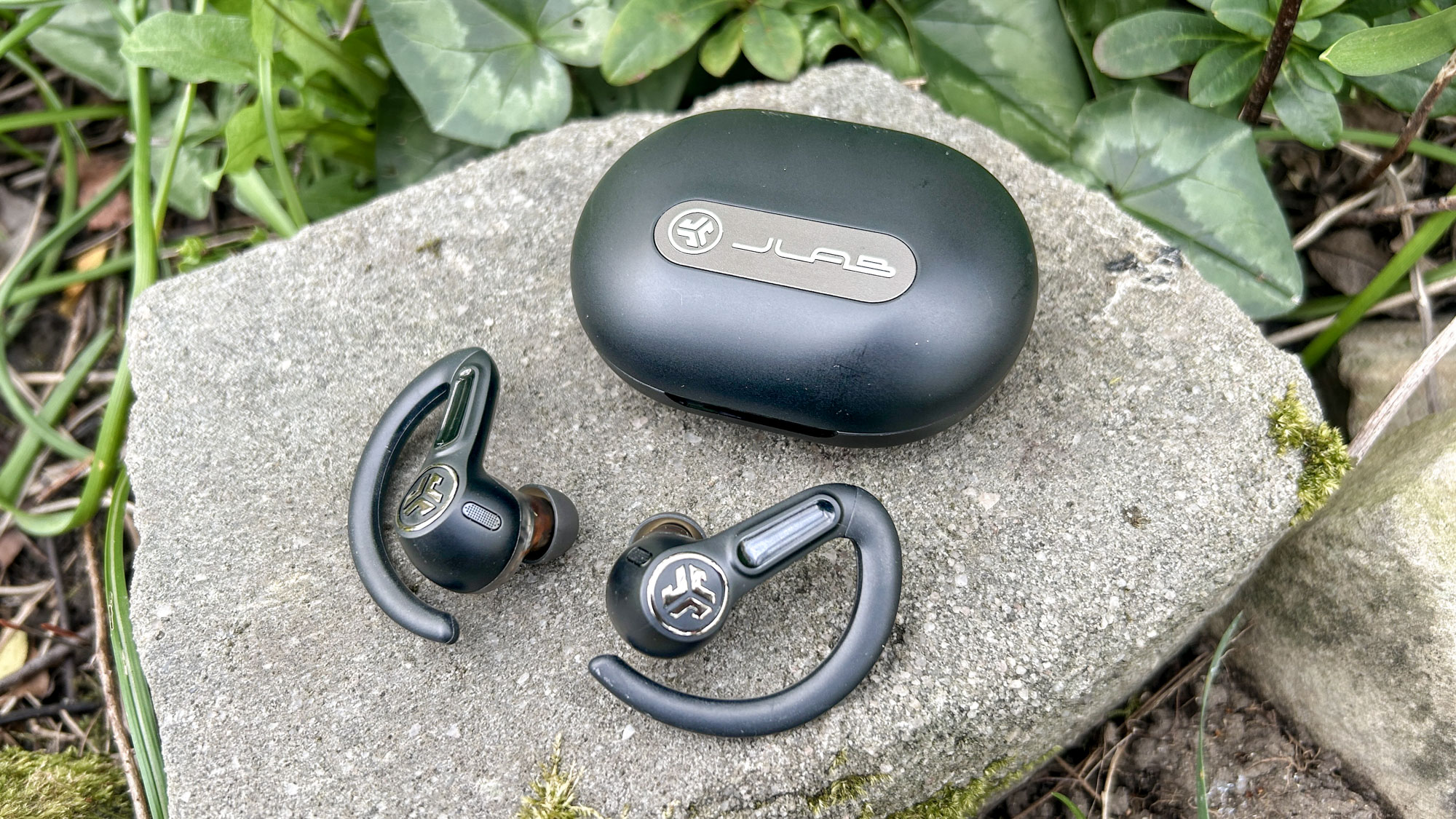
Specifications
Reasons to buy
Reasons to avoid
The JLab Epic Sport ANC 3 headphones do a great job of offering similar features to the Beats Powerbeats Pro 2 at a substantially lower price, so are certainly a great value pick if your budget doesn’t stretch past $100.
They have an earhook design to create a secure fit during any kind of workout, and a high IP66 waterproof rating that means sweat and rain will pose no problems. The battery life is also impressive at nine to 12 hours of use on the buds depending on if you use ANC.
It’s probably worth turning the ANC off to get the longer battery life though, because it isn’t that impressive — it’s rare to find great ANC on buds that cost less than $100, in our experience. The sound quality is good though, and not far off the standards of much more expensive buds.
If you don’t like using headphones with an earhook then another great value option is the JBL Endurance Race 2, which use wings to create a secure fit, while he JLab JBuds Mini are tiny in-ear buds we love for running that are under $40.
- Read our full JLab Epic Sport ANC 3 review
Best bone conduction sports headphones
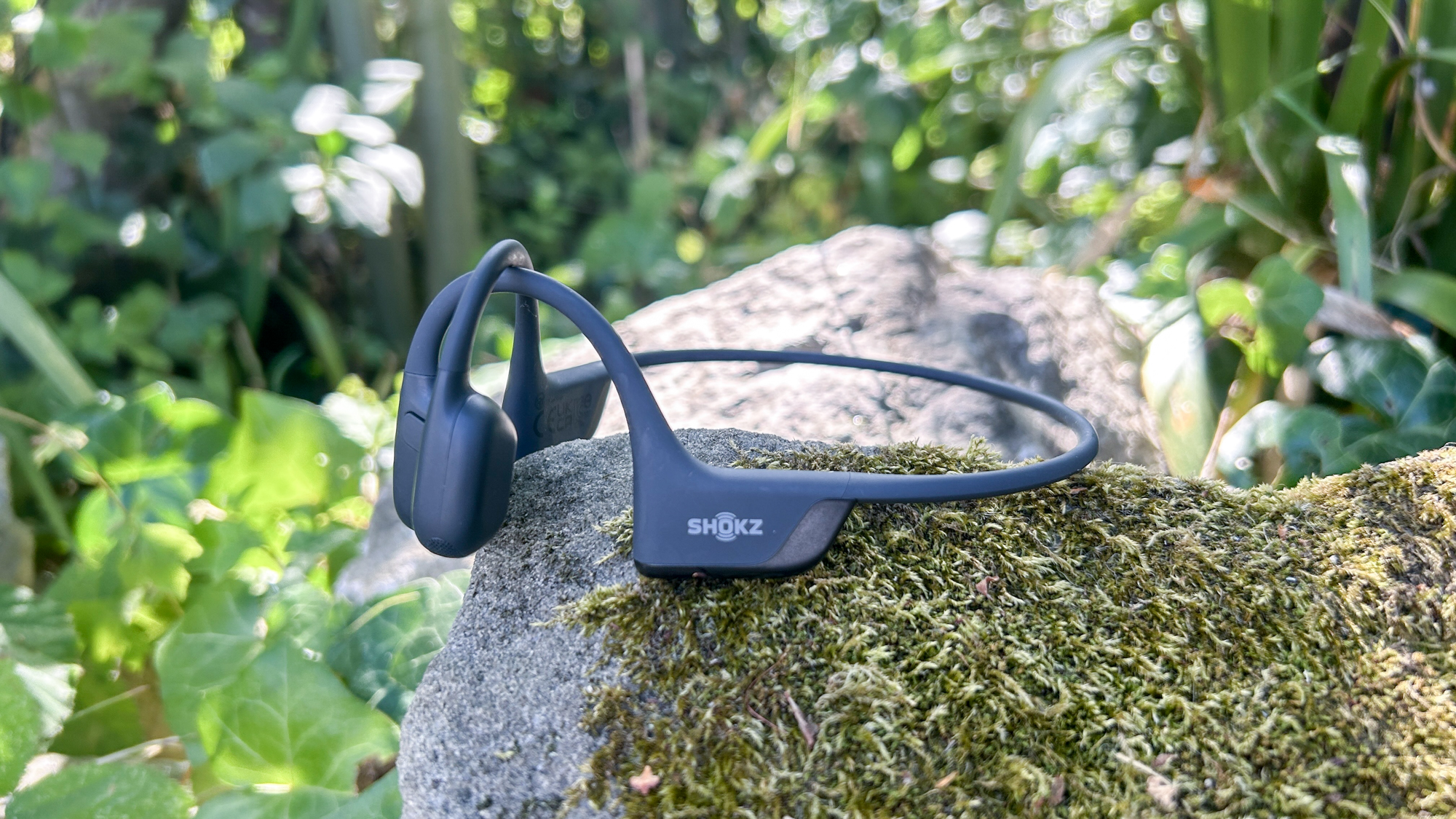
Specifications
Reasons to buy
Reasons to avoid
The Shokz OpenRun Pro 2 don't block your ear canal when you wear them, instead using vibrations delivered through your cheekbones to create sound. This means you stay aware of your surroundings during workouts, which is especially important for outdoor runs, hikes and cycles.
In general, even the best bone conduction headphones fall short on sound quality compared with in-ear buds, but the OpenRun Pro 2 are a cut above the competition because of the DualPitch technology they use. This significantly increases the power of the bass on the headphones in particular, and makes them clearer and more audible than other open headphones.
The headband style design is also comfortable and secure for any kind of workout, and while you can't adjust the fit the OpenRun Pro 2 headphones do come in two sizes, with the Mini version having a shorter band that sits closer to the head.
- Read our full Shokz OpenRun Pro 2 review
Best sports headphones for iPhone
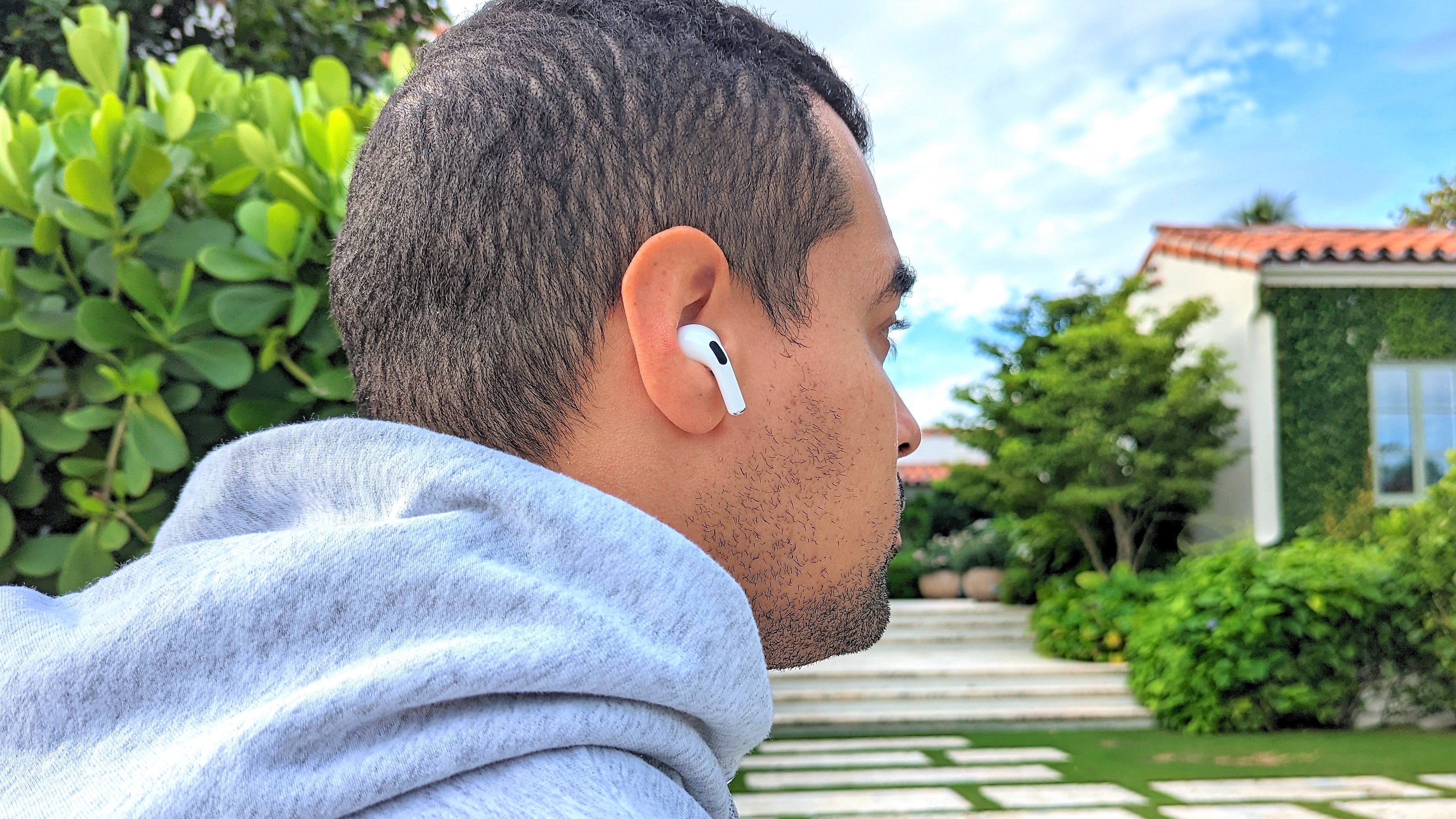
Specifications
Reasons to buy
Reasons to avoid
Apple doesn't aim the AirPods Pro 2 at exercise — they have the Beats Fit Pro and Powerbeats Pro 2 for that — but the popular buds do come with many of the same features and that distinctive Apple-white stemmed design.
And just because they're not workout-themed, doesn't mean you can't use them for exercise too. In fact, we took the AirPods 2 out on a run and found that the combination of changeable ear tips and a dynamic Adaptive Transparency mode make them ideal for indoor and outdoor workouts.
As with Apple's original ANC buds, the AirPods Pro 2 are sweat and water resistance to IPX4, but slippage has been improved to feel more secure whether you're on a run or working out, plus Apple’s Ear Tip Fit Test helps achieve optimal fit
Battery life has been increased compared to the first-gen AirPods Pro, with 6 hours on the earbuds and 30 hours from the wireless charging case. And the noise cancelation is easily some of the best we've ever used.
If you're interested in the AirPods, it might be worth waiting for the release of the Apple AirPods Pro 3, which were announced at the brand's September iPhone event.
The AirPods 3 offer heart rate tracking as a key upgrade on the AirPods Pro 2 for workouts, and even if that's not of interest, it could be worth waiting to see if the older buds start appearing in sales now they have been superseded.
- Read the full Apple AirPods Pro 2 review
Best sports headphones under $100
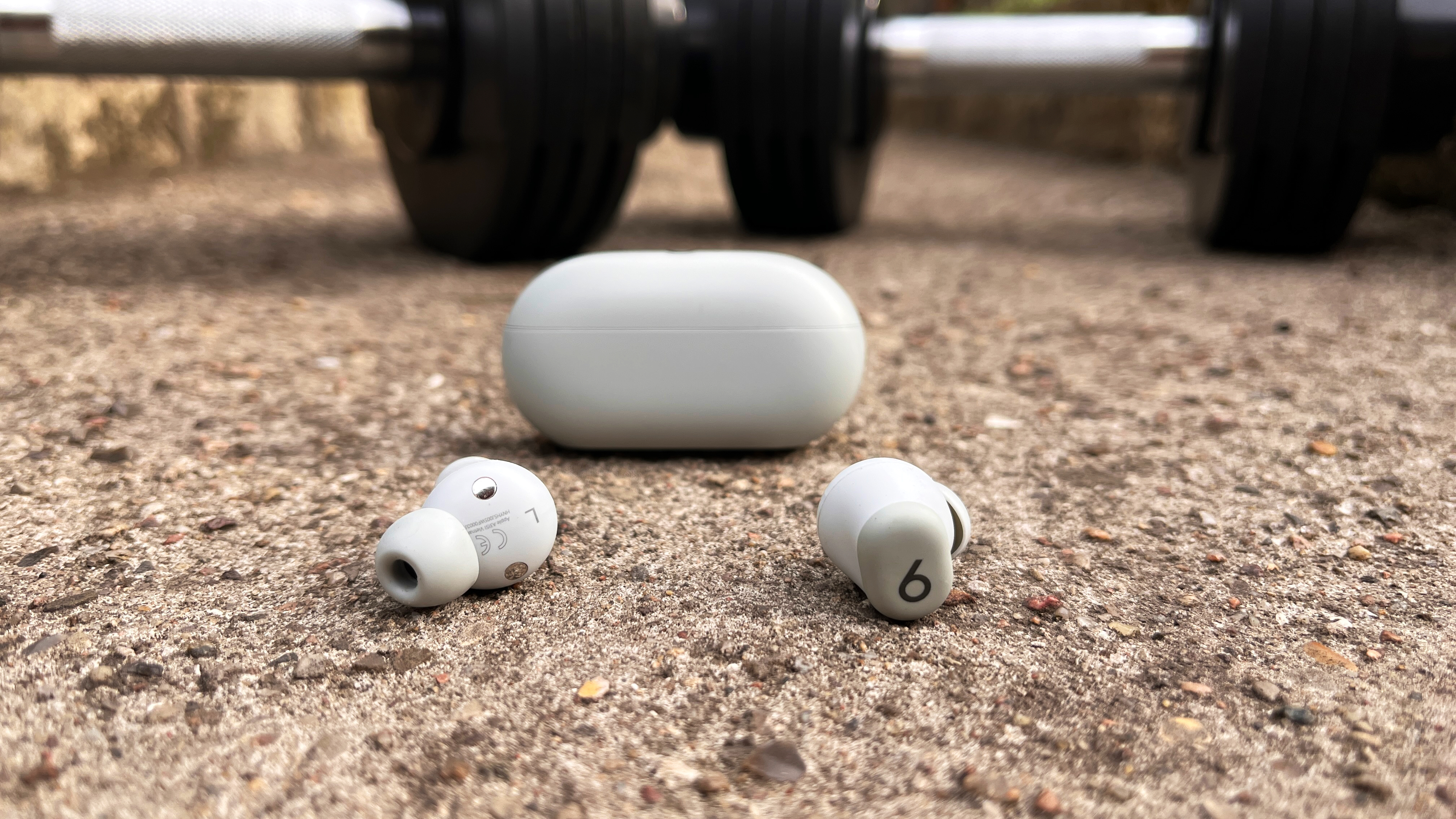
Specifications
Reasons to buy
Reasons to avoid
These excellent value sports headphones don't come with a charging case, noise cancellation or many other premium features, but the Beats Solo Buds excel at the basics; great sound quality and a comfortable, secure fit.
We wore them for several weeks, covering low-intensity walks, high-intensity workouts, strength training sessions, and for daily use. We even began to default to the Solo Buds over the, technically superior, Jabra Elite 8 Active.
Not in every situation — without noise cancellation, they're not ideal for busy environments like the gym, especially when listening to podcasts or audiobooks — but whenever we need a dependable pair we could throw in our bag.
While it's not ideal that the carry case doesn't have a battery (each bud lasts up to 18 hours, 15 hours in the real world before you need a top up) but it does mean that it's really convenient to keep with you, as the case only weighs 22g and 5.7g per bud.
They fit well too without any adjustments. Although we wore them for a variety of workouts and training sessions, it was only during walk in the middle of a heatwave we actually found they slipped a bit and needed readjustment.
- Read our Beats Solo Buds hands-on
Best sport headphones for swimming
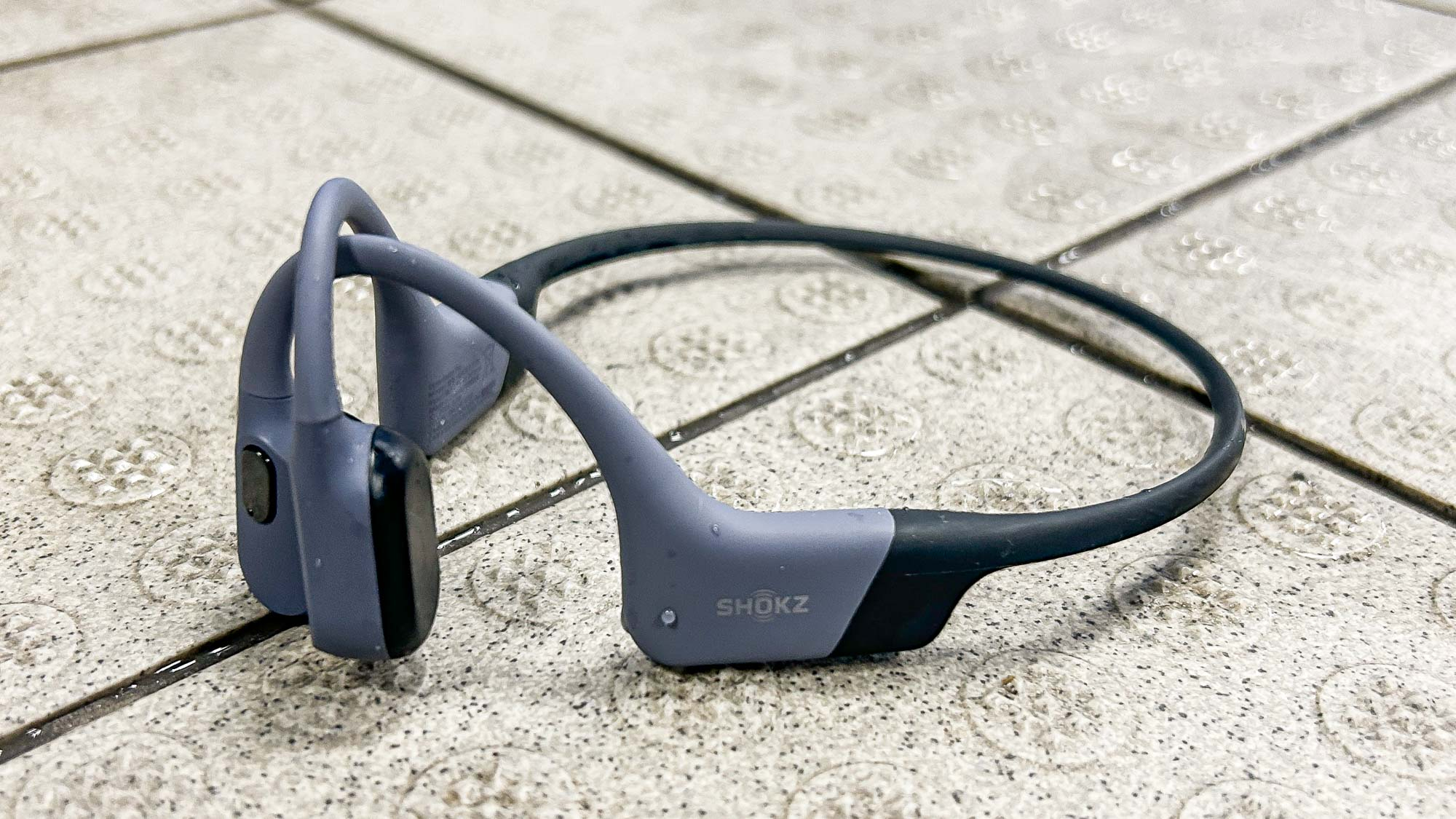
Specifications
Reasons to buy
Reasons to avoid
The Shokz OpenSwim Pro are easily some of the best swimming headphones around. These bone conduction headphones sit comfortably around your head, with vibrating pads on each cheek bone to generate sound and leave your ears open.
This is partly how the headphones got their IP68 water resistance rating, since there are no exposed electronics and the charging cable magnetically attaches to the right side pad. And the open-ear design means that you can still hear what's going on around you, including lifeguard whistles.
The headphones are equipped with Bluetooth, so you can stream your favorite music and podcasts from a nearby phone, but you also get 32GB of onboard music storage if you want to leave your phone in the locker as you swim.
You can't download music from your chosen streaming service, so you need to plug the OpenSwim Pro into a computer, then drag and drop files — a process we found a bit on the slow side and fiddly. Plus, how many people own MP3 files now?
But it's a useful addition if you're after a way to keep motivated in the water. We found the headphones fitted well even under swimming caps and goggles and were comfortable to wear for extended swims. And we were big fans of the Swimming sound mode, which boosts volume and clarity for voice-based audio.
- Read our full Shokz OpenSwim Pro review
How to choose the best sport headphones
There are a lot of great sports headphones out there, but you can make it easier to narrow down your options by keeping in mind a few important considerations to help you find the best sports headphones for your workouts.
Firstly, they need to be durable enough to handle all-weather outdoor exercise and sweaty indoor workouts. So you should aim for a set with an IP rating suitable for your training style, generally IPX4 or higher.
Plus, they need to stay securely in place while you move. Some come with over-ear hooks to stop them escaping, while others use balanced in-ear designs to achieve the same result. Which you choose will come down to preference.
None of us want to recharge our devices several times a day. Fortunately, many of the best sports headphones last up to 8 hours, with three or four full recharges in the case.
However, it's still important to factor battery life into your decision. If you plan on a multi-hour run or all-day hike, you'll want a set that can last the duration. Or if you're more into short, high-intensity workouts, this might be less of a problem.
How we test the best sport headphones
To make sure we test the best sports headphones thoroughly, we wear each set for at least two hours at a time to check for comfort, battery life and performance. We look to see how securely they fit during exercise and how they handle background noises, like oncoming traffic or chatter and machines at the gym.
We also download any companion apps and test to see how much you can customize the audio and overall experience. Plus, we check if the buds have on-ear buttons and whether these are easy to use, even when you're sweaty or moving.
And even though you'll be using these during sports and exercise, we also test each pair for audio quality, listening to a range of genres, music styles, podcasts, and phone calls for volume, clarity, and fullness of sound.
Also tested
We test a lot of sports headphones, but not all of them will make our roundup. That doesn't make them bad options though, so if you're after more choices, here are some that didn't quite make the cut.
JBL Endurance Race 2
The Endurance Race 2 buds offer great value as reliable sports buds that cost under $100. The fit is secure thanks to the wing and the sound is better than you'd expect for the price. They're a strong option for those on a budget.
JBL SoundGear Sense
If you're looking for a set of headphones you can use for outdoor workouts, the open-ear design on the JBL SoundGear Sense make them a good option. However, in noisy environments, we found that the audio would get drowned out. But they are comfortable and durable and good for indoor exercise.
OpenRock X
On paper, these open-ear sports headphones seem ideal. They feel premium (with a price tag to match) and are comfortable to wear for extended periods (unless you use glasses). But we found the sound quality wasn't up to scratch for the price, and the design allows too much wind noise to disrupt your audio.
Read our full OpenRock X review
FAQs
What headphones do professional athletes use?
During competitive events and races, athletes don't typically wear headphones. However, like many other people, athletes need to train and use music to keep motivated during their workouts.
However, there's no one-size-fits-all answer here, as its often down to personal preference. That said, runners will often default to bone conduction headphones so they can keep aware of their surroundings.
In fact, England Athletics even notes that: "Bone conduction sports headphones are the only headphones that are approved for use in all road races under the UK Athletics Rules of Competition.
"The Rules are clear that “in ear” headphones cannot be used in events where roads are open to traffic." The organization partners with Shokz, but you can use any bone conduction headphones to meet the requirements.
Get instant access to breaking news, the hottest reviews, great deals and helpful tips.

Nick Harris-Fry is an experienced health and fitness journalist, writing professionally since 2012. He spent nine years working on the Coach magazine and website before moving to the fitness team at Tom’s Guide in 2024. Nick is a keen runner and also the founder of YouTube channel The Run Testers, which specialises in reviewing running shoes, watches, headphones and other gear.
Nick ran his first marathon in 2016 and became obsessed with the sport. He now has PBs of 2hr 25min for the marathon and 15min 30sec for 5K. Nick is also a qualified Run Leader in the UK.
Nick is an established expert in the fitness area and along with writing for many publications, including Live Science, Expert Reviews, Wareable, Coach and Get Sweat Go, he has been quoted on The Guardian and The Independent.
- James FrewBuying Guide Editor
